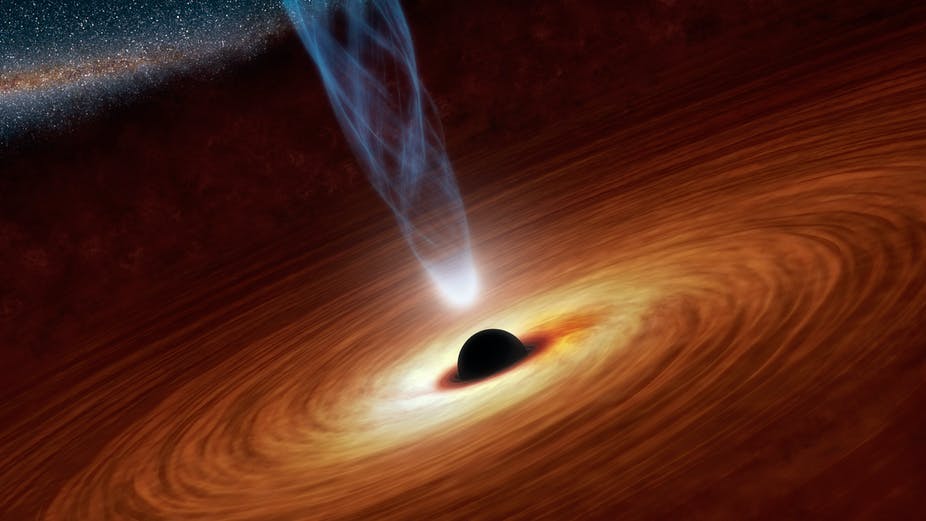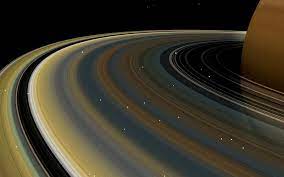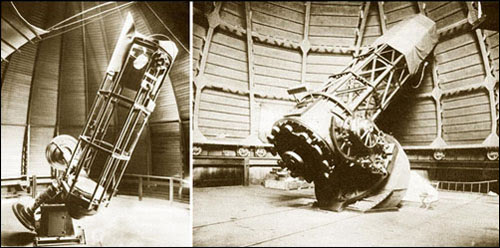| Have you ever heard of a black hole? You might well have done. But we are not talking about a hole in the ground, we are talking about the ones that astronomers believe exist in our gigantic Universe. Despite their name, scientists believe that there is a lot more to these objects. So what exactly is a black hole? |
| If you were to ask an astronomer this question, they are most likely to say that a black hole must be one of the most strangest objects ever. They are almost like an incredibly strong vacuum cleaner without the noise – not only would the crumbs from under your bed be unable to escape, but anything that happens to travel past would have a hard job trying to wriggle free from its clutches, too. Do you know what causes a black hole to gobble up everything in sight? Have a go at guessing what the answer might be before you carry on reading. Perhaps you can get into a group with your friends and think of some answers – drawing pictures of a black hole might be able to help you to figure it out! |
| If you have not already figured it out, the answer to the question is gravity – the force that does not only keep the planets in orbit around the Sun, but keeps our feet on the ground. You might think that the earth would have to have some pretty strong gravity to allow us to walk and run on its surface, but a black hole is even stronger – even light has a pretty tough time of pulling away and that is the fastest thing that we know of, racing at a speed of 186,000 miles per second. For that reason, black holes are probably the darkest things that you will ever find! | |
 Image: NASA |
| Just where this strong gravity comes from is certainly not in the name. You might be amazed to learn that these objects are not empty; they are filled with lots and lots of material that is crammed into a very small space – just imagine stuffing your house (and everything that is in it) into a thimble! Because there is so much material in one place, this is what causes the strong gravity. Now, isn’t that cool? |
| So how are these objects made? Do they appear out of nowhere or have they always been there? Scientists have been wondering this, too, and they think that there are two types that can be formed; a stellar-mass black hole and a supermassive black hole. Can you guess which one is bigger? That’s right! The supermassive black hole. Because one type is larger than the other, astronomers think that they also must be made in different ways. |

More than a thousand black holes are seen in this image from NASA’s Chandra x-ray satellite. A stellar-mass black hole is pretty easy to remember; just imagine a black round object that is around 3 to 15 times bigger than our Sun. You might be surprised to know that this type of black hole is made when a gigantic star reaches a grand old age, causing it to explode in a very bright burst of light – so luminous that it can outshine a galaxy! Astronomers call this explosion a supernova and they happen when an old star has finished burning all of its fuel. There is often material left over from a supernova and scientists call this a stellar remnant which they think then collapses in on itself transforming into a very compact object. And there we have it – a stellar-mass black hole is made!

The second type of black hole, the supermassive black hole, is the same as 100 million Suns all squashed into one place. However, unlike its smaller cousin, astronomers are not entirely sure of how they are made – one thing they are positive of though is that there is one right in the middle of our galaxy, the Milky Way, and there could be more in the centre of other galaxies, too – our Universe really is quite an interesting place!






